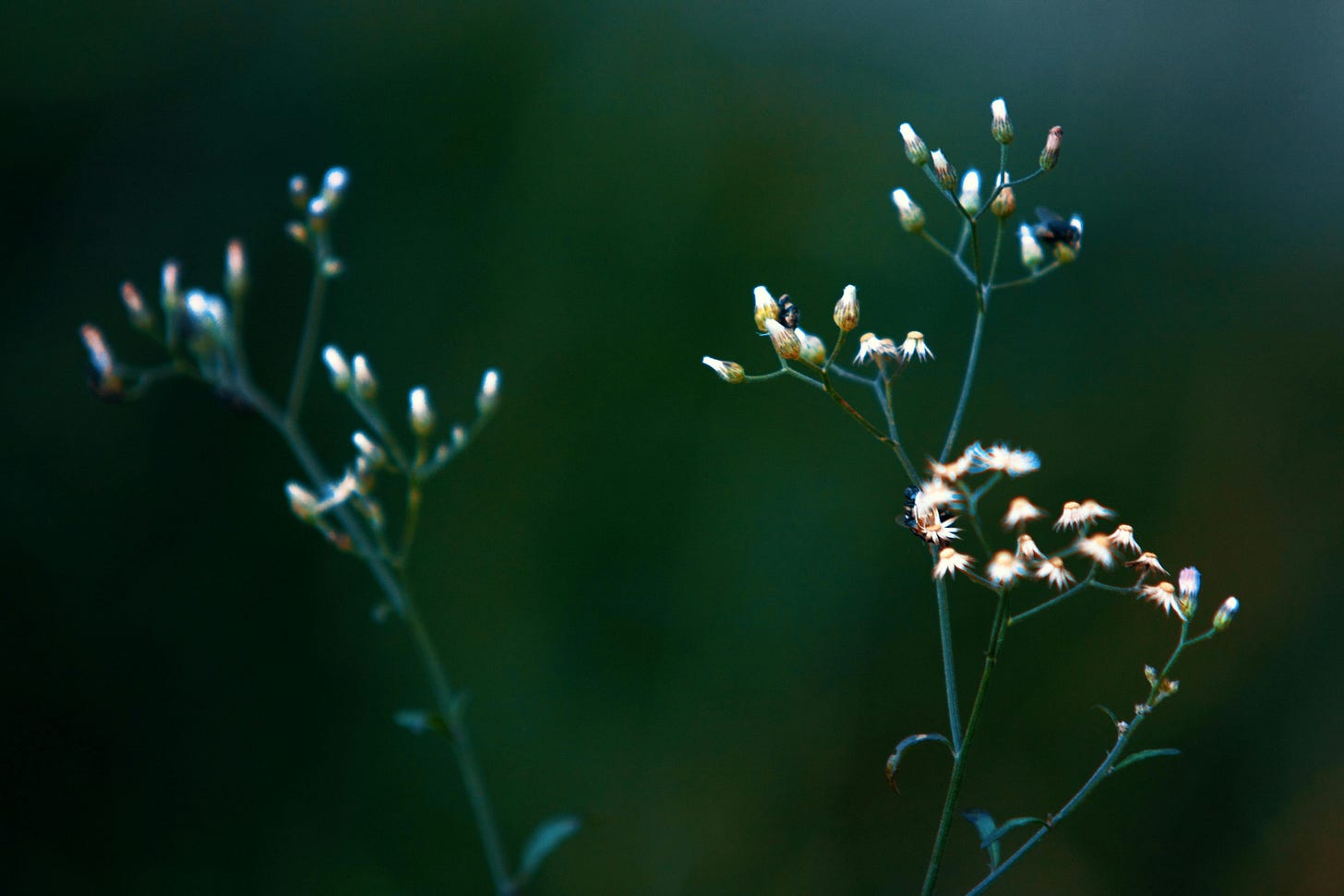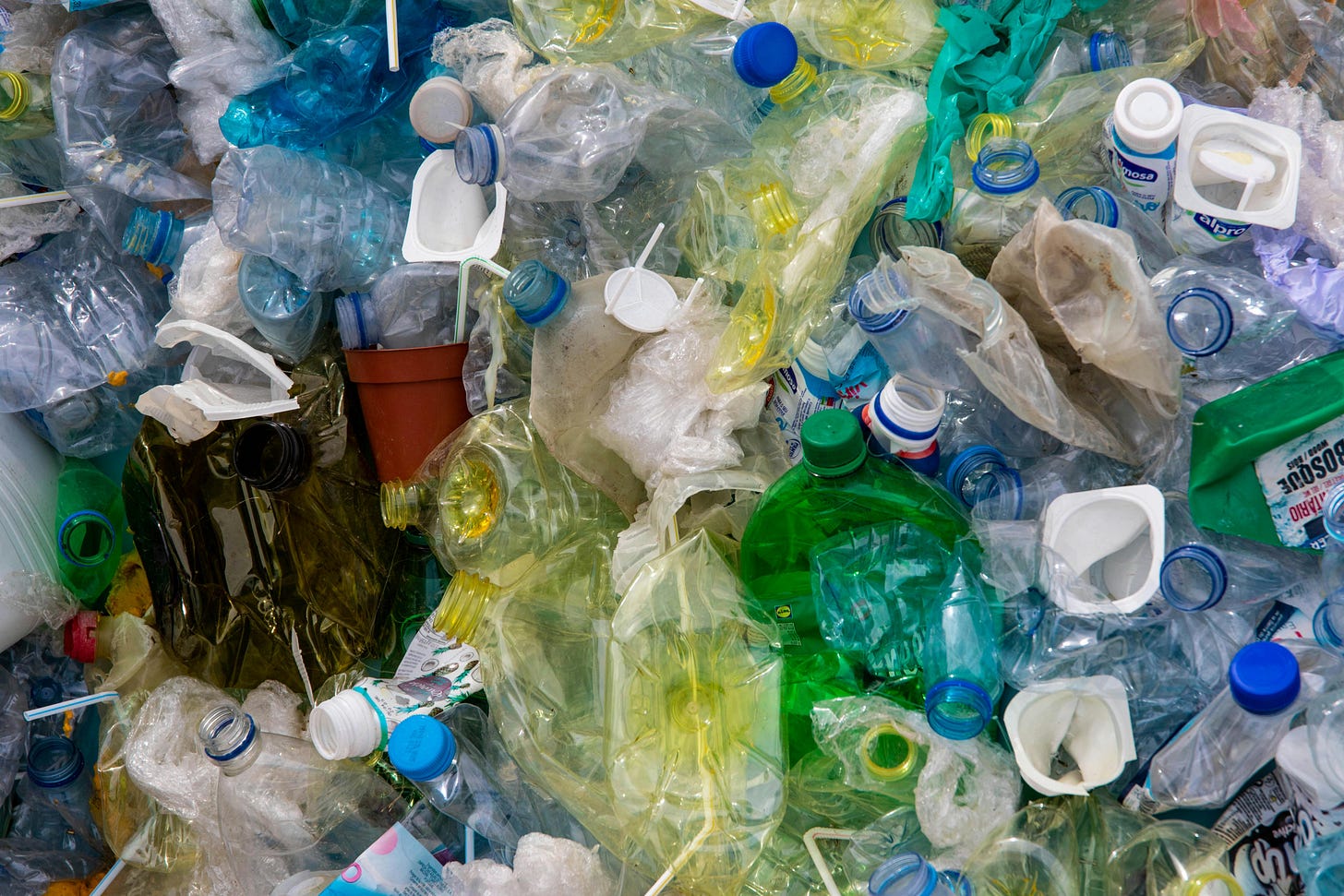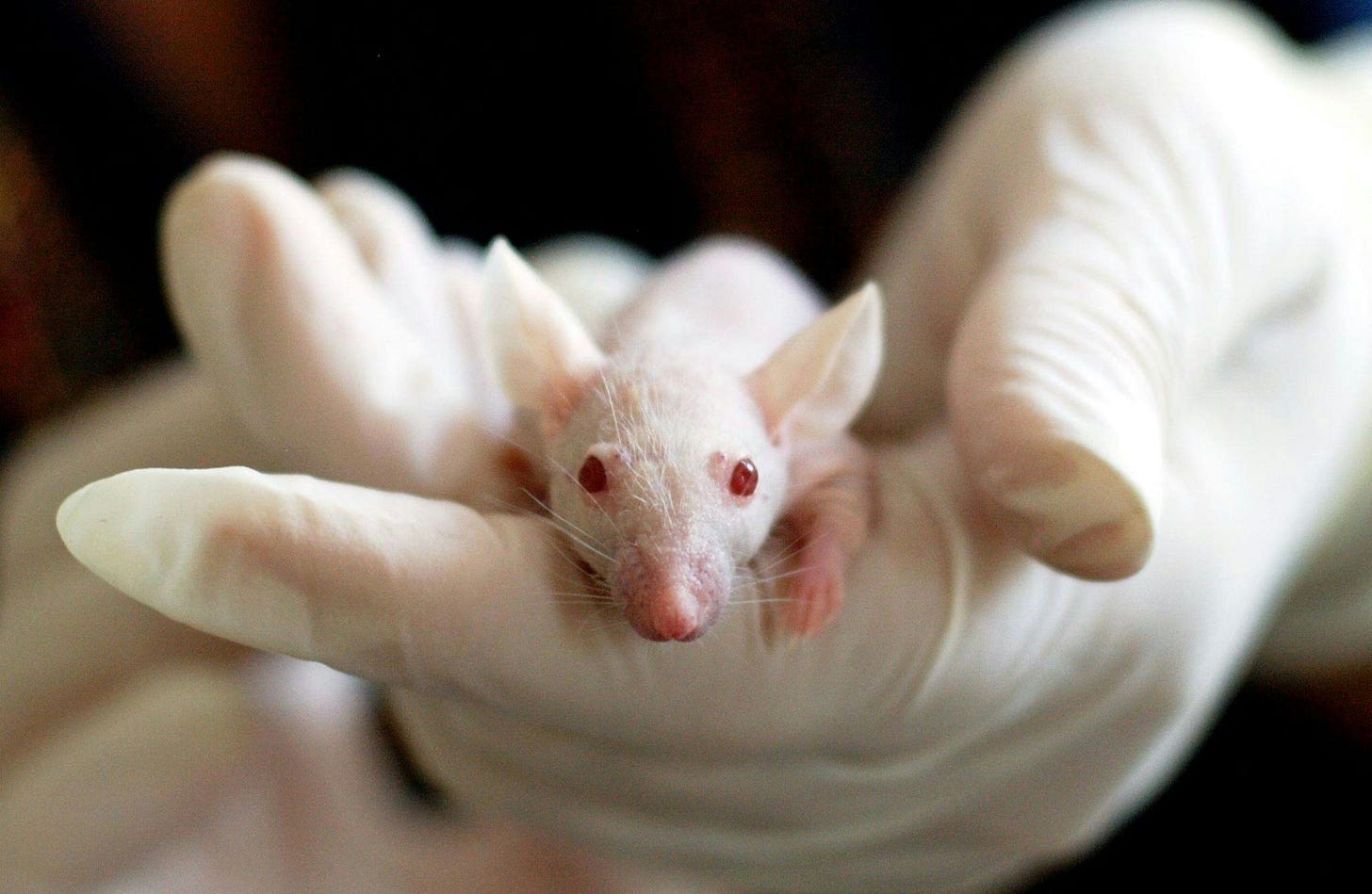1- FOXO and Extended Lifespan:
FOXO transcription factors are well known to regulate ageing-related pathways and longevity in many species; most of the specific transcriptional targets remain unidentified. Researchers report that OSER1 (Oxidative Stress-Responsive Serine-Rich Protein 1), a conserved FOXO target gene whose overexpression drastically prolongs silkworm, nematode, and fly lifespan, but its depletion shortened it. Hydrogen peroxide induces OSER1 expression in silkworms both in vivo and in vitro. OSER1 RNAi in Caenorhabditis elegans increases ROS production, shortens the lifespan of the animal, promotes mitochondrial fragmentation, reduces ATP levels, and alters the expression of genes encoding mitochondrial proteins.

Then, OSER1 was implicated with the oxidative stress response, cellular ageing, and reproduction in human proteomic studies, and thus might have a role in the fertility of silkworms and nematodes. Furthermore, polymorphic variants of OSER1 are associated with human longevity. In summary, OSER1 is an evolutionarily conserved FOXO-regulated protein that confers resistance to oxidative stress and promotes mitochondrial health for longevity in multiple species.
In-depth reading:
FOXO-regulated OSER1 reduces oxidative stress and extends lifespan in multiple species
2- Macroplastic Pollution:
Negotiations in a global treaty on plastic pollution determine future policies for its production, use, and waste management. This means that detailed information about the current flow of waste and plastic emissions would be needed to estimate the location and origin of potential pollution hot spots. While national data for waste management might give an idea as to where plastic accumulates, conditions of emission can hardly be judged on a smaller scale.

This combines a conceptual model with measurable data into a global macroplastic pollution emissions inventory. It uses machine learning in combination with material flow analysis to find the emission hotspots across 50,702 municipalities around the world and estimate plastic waste emissions at about 52.1 million metric tonnes per year. The output will provide guidance for treaty negotiation and the elaboration of action plans in waste management.
In-depth reading:
A local-to-global emissions inventory of macroplastic pollution
3- Food Dye and Transparent Skin:
Biologist Guosong Hong of Stanford University tried yet another approach: whereas everyone else was making tissues more like water to get closer to the refractive index of water by removing lipids, Hong's group added yellow synthetic dye, a food colouring found in Doritos and Kool-Aid called tartrazine, into the water to make water more like biological tissues filled with lipids and proteins. This dye absorbs blue light and decreases the refraction mismatch, allowing the red and orange light to continue in a non-scattered state.

Working with this dye applied to shaved mice, the researchers achieved a see-through "stained-glass window" effect that allowed them to look directly into the animals' internal organs—the heart and intestines, for example—without recourse to an invasive procedure. With the microscope, they could even view individual muscle fibres and neurons firing in the outer layers of the brain.
Their normal skin color returned once the dye was washed off, minus side effects mice showed no ill effects after several weeks. There are a few limitations to the technique, fluorescent dyes will have interfering problems from that orange tint, and thicker tissues or blood of a different refractive property all result in complications. The team is now refining the technique by screening molecules that absorb ultraviolet light and is hopeful it might expand the applications of this work.
In-depth reading:
Slathering mice in a common food dye turns their skin transparent
Thank you so much for reading this month’s issue of The S.T.E.M Report. We will continue improving this newsletter. Make sure to subscribe to keep up with the latest releases.
If you have any comments, revisions, or suggestions, please comment below, or reach us at: stemresearchrecap@gmail.com.

